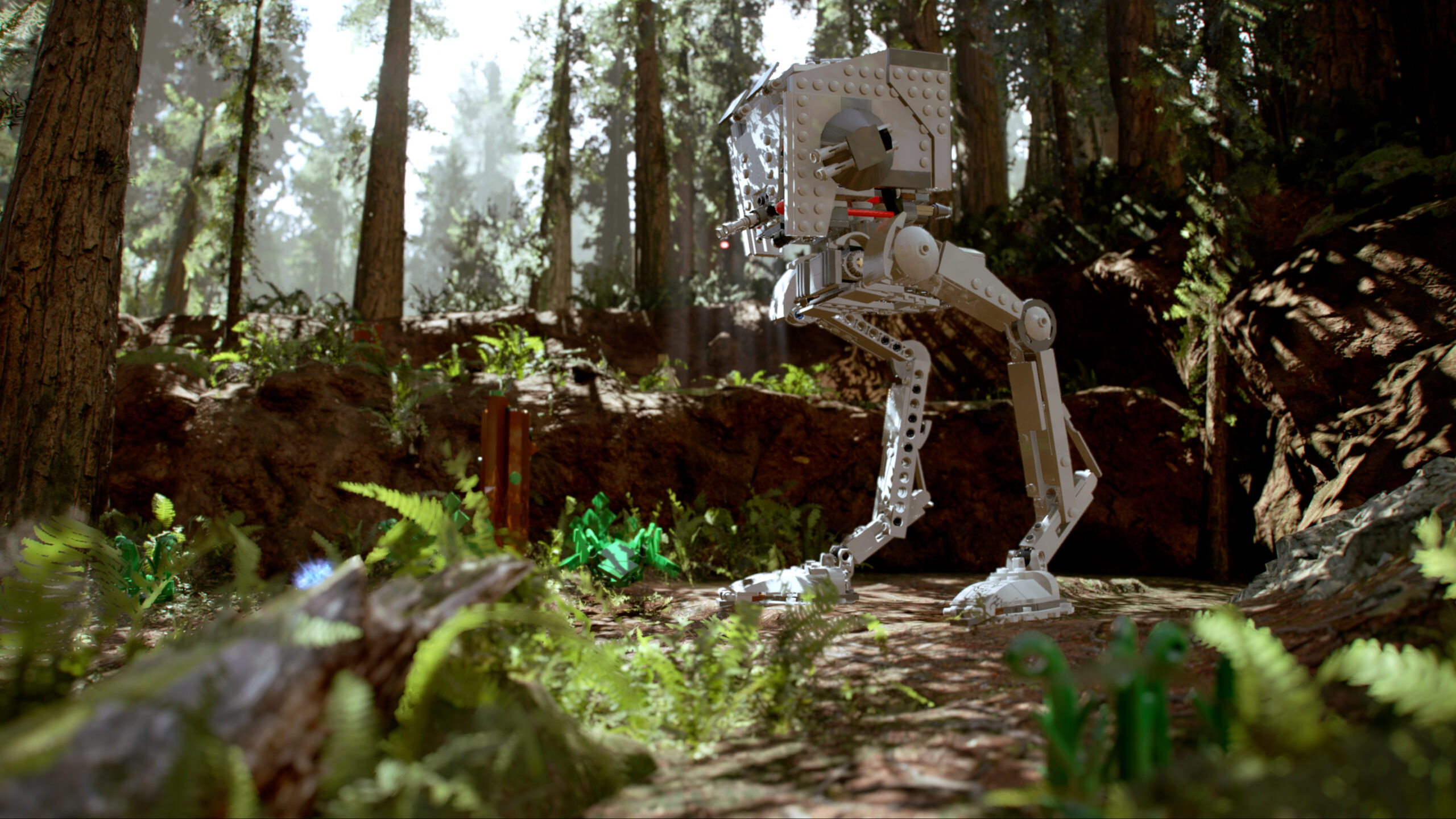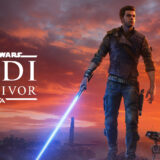Calling LEGO Star Wars: The Skywalker Saga “huge” is probably still an understatement. As one might’ve guessed from the title, the latest LEGO-based video game features their signature stylized version of all nine main Star Wars tales.
To tell those stories, the game features more than eight hours of music by legendary Star Wars composer John Williams and additional two-and-a-half hours of additional new music — and that’s not even counting the 15,000 lines of dialogue (per each of the game’s 9 available languages) strewn throughout the massive undertaking.
The Skywalker Saga’s launch last month was also unsurprisingly one of the biggest in LEGO history, as bringing all of the beloved (and less beloved) Star Wars movies into one family-friendly humor-filled game was bound to be popular. But even now, TT Games continues to build upon their success, adding two new character packs based on The Mandalorian and The Bad Batch as DLC announced today.
Check out the trailer for the new additions below as well as SPIN’s exclusive interview with lead sound designer Tessa Verplancke and composer Simon Withenshaw.
SPIN: What went into creating the soundtrack for LEGO Star Wars: The Skywalker Saga?
Tessa Verplancke: For LEGO Star Wars: The Skywalker Saga, we were able to get the original music for the films and worked with Lucas to make sure that they were used in exactly the right places.
Whenever a track might not have been long enough or been able to fit into the video game format, our excellent composer, Simon Withenshaw, worked to extend the original tracks into something that could work for that purpose — like an ambience track that continues the feel of a short moment in the film’s score, or a boss battle that builds up in stages and includes whole other sections that the movie might not have had. The interesting addition to this was the inclusion of worlds that had never been visited in the films. Simon had to create brand new tracks that had to sit in the game world and match the original and new music.
He managed to create fantastic new pieces that introduce the new worlds perfectly to the fans of LEGO and Star Wars alike.
How did you balance the sonic differences and similarities of the three trilogies?
Verplancke: I think Star Wars in its audio essence — from sound effects to music — has a core style to it. Even as it has evolved over the three trilogies, you are always greeted by the bombastic opening and the whispering magic. Musically, it has progressed as though each film was made one after the other — perfectly fitting into each other.
The sound effects are grounded in a sense of reality, just as the visuals prefer to rely on the hard FX. From the droid truly rolling around in the world with you to the assassins whose heads are made of old lamps, you will find a sound designer banging power cables to create a blaster. It is the organic aspect of the sounds in Star Wars that really lends that feeling of reality to it. This isn’t a mysterious magical world, this is our universe, just in a galaxy far, far away.
In making new audio for the games, we kept this basis in the real world in mind. You could find me sitting cross-legged with a plastic tub covering a food bowl to get the correct sounds for BB-8 rolling around under the bin, or tippy-tapping my fingers across the different surfaces in my house to get Babu Frik’s teeny tiny footsteps. We expanded the collection of Star Wars sounds, always keeping that “real” feel in mind.
Considering that LEGO games have gone from “kids” games to a genre all their own over the years, how do you keep them musically similar enough to each other, while still representing the stories they tell?
Verplancke: I think musically, how we ground IPs into the LEGO worlds we create is the same as the rest of the team — with the comedy. You will be greeted by the beautiful bombastic music of a battle that you will recognize from your favorite films, but then you finish the battle and go stand in an elevator that is now playing your intense battle music as a nice chill music piece for your traveling enjoyment. I think what LEGO games do best is to never take themselves too seriously, and that’s that joy of them. That’s what captivates not only children but adults as well.
When working with an IP like Star Wars, what goes into balancing the score between “classic Star Wars” & the LEGO universe?
Simon Withenshaw: The approach we take to this tends to lean much more heavily into the IP rather than the LEGO universe. The use of IP-appropriate music really helps to make the player feel like they are in that world. Obviously, things are different if we’re working on something that exists 100% in the LEGO universe, like LEGO Movie for example, but I don’t think anyone playing our games would appreciate the Battle of Hoth sounding like “Everything is Awesome!”
Were there any major or unexpected differences when working on this game compared to your previous projects?
Verplancke: Although we have worked on many amazing projects with a variety of different sound styles, LEGO Star Wars: The Skywalker Saga was a beast of its own. As we’ve mentioned before, this is a trio of trilogies that spans decades — not only reaching across time stylistically but also across the evolution of audio recording. We were fortunate enough to be granted access to the incredible libraries from Skywalker Sound and be able to use the original audio, but then you meet the challenge of sounds that are decades old playing in tandem with “new trilogy” audio. It was a real challenge and a true joy to be able to transform those classic sounds.





